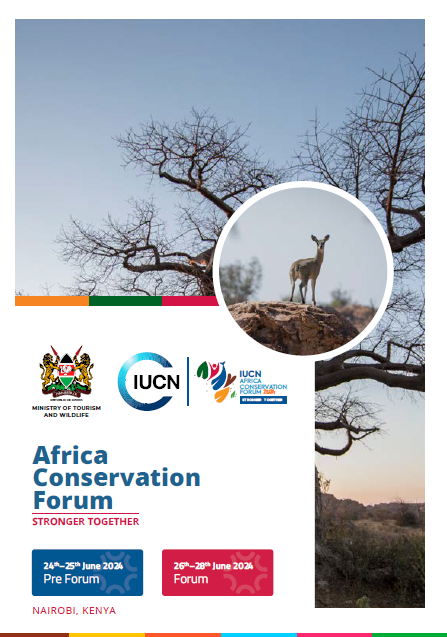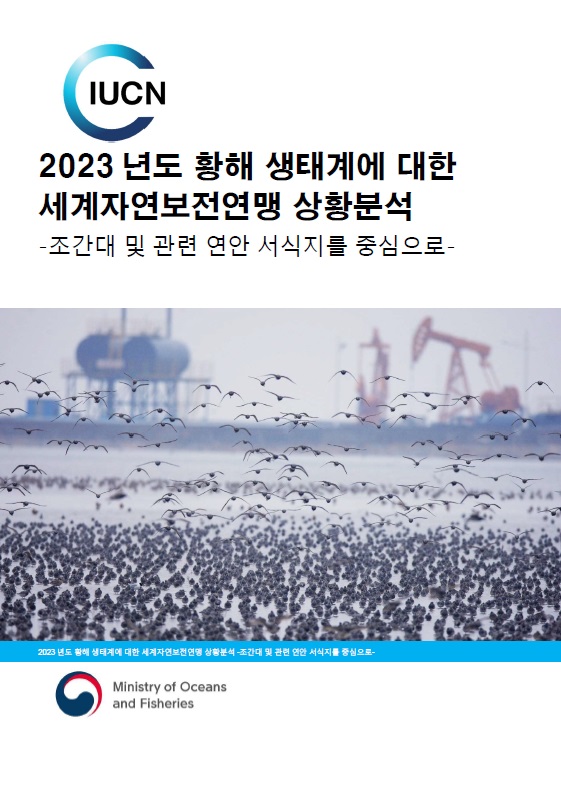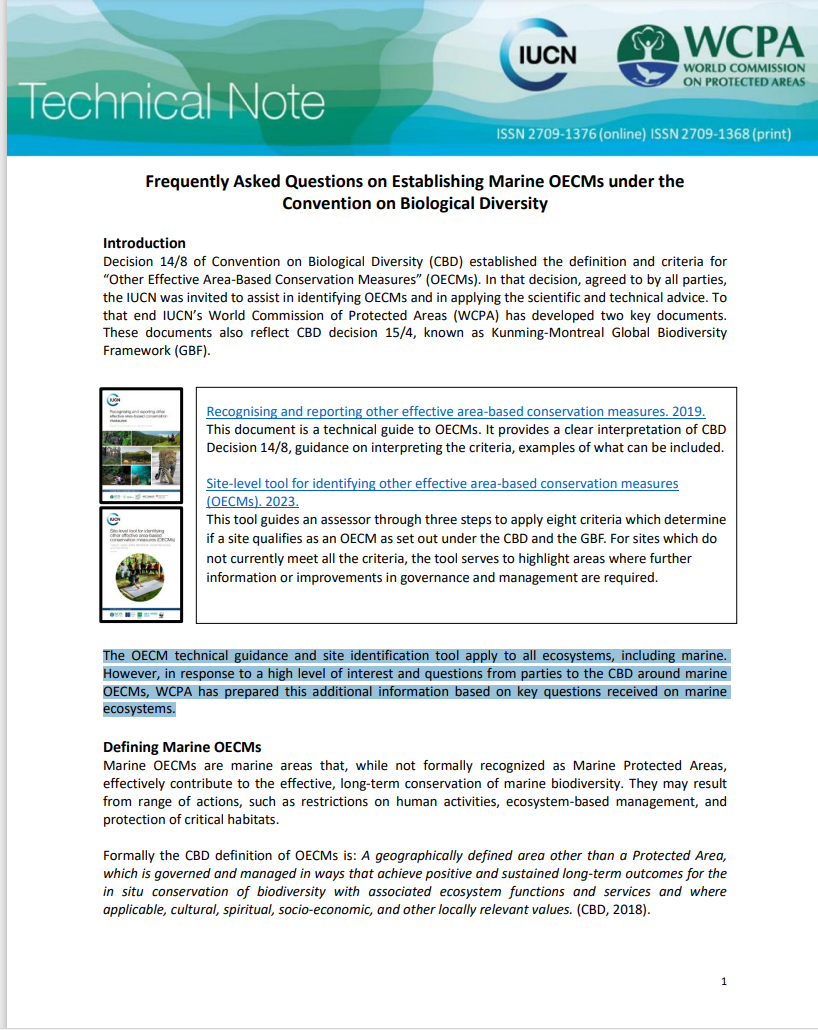What is the issue?
Alien or non-native species are animals, plants or other organisms introduced by humans, either intentionally or accidentally, into areas outside their natural range. Some of these species become established and negatively impact native biodiversity. These species are classified as invasive alien species (IAS).
Due to the increase in the movement of people and goods around the world, and with new trade routes opening and enhanced transportation, the number of species being introduced into new areas is rising. A 2017 study in the journal Nature Communications found that over one third of all introductions in the past 200 years occurred after 1970.
According to The IUCN Red List of Threatened SpeciesTM, IAS are one of the top causes of biodiversity loss and the second most common cause of species extinctions. The brown tree snake (Boiga irregularis), for example, is responsible for the extinction of 10 bird species on the island of Guam where it was introduced in the 1940s. IAS also constitute the most significant threat to natural World Heritage sites, affecting 68 out of 241 sites, according to the IUCN World Heritage Outlook.
IAS impacts go beyond biodiversity and also seriously affect economic activities, livelihoods, food security, and human health and well-being. Overall, IAS risk undermining progress towards achieving 10 of the 17 UN Sustainable Development Goals (SDGs).







